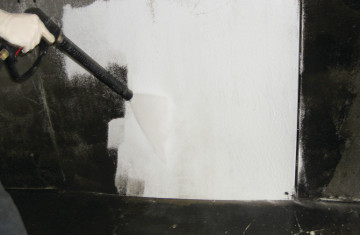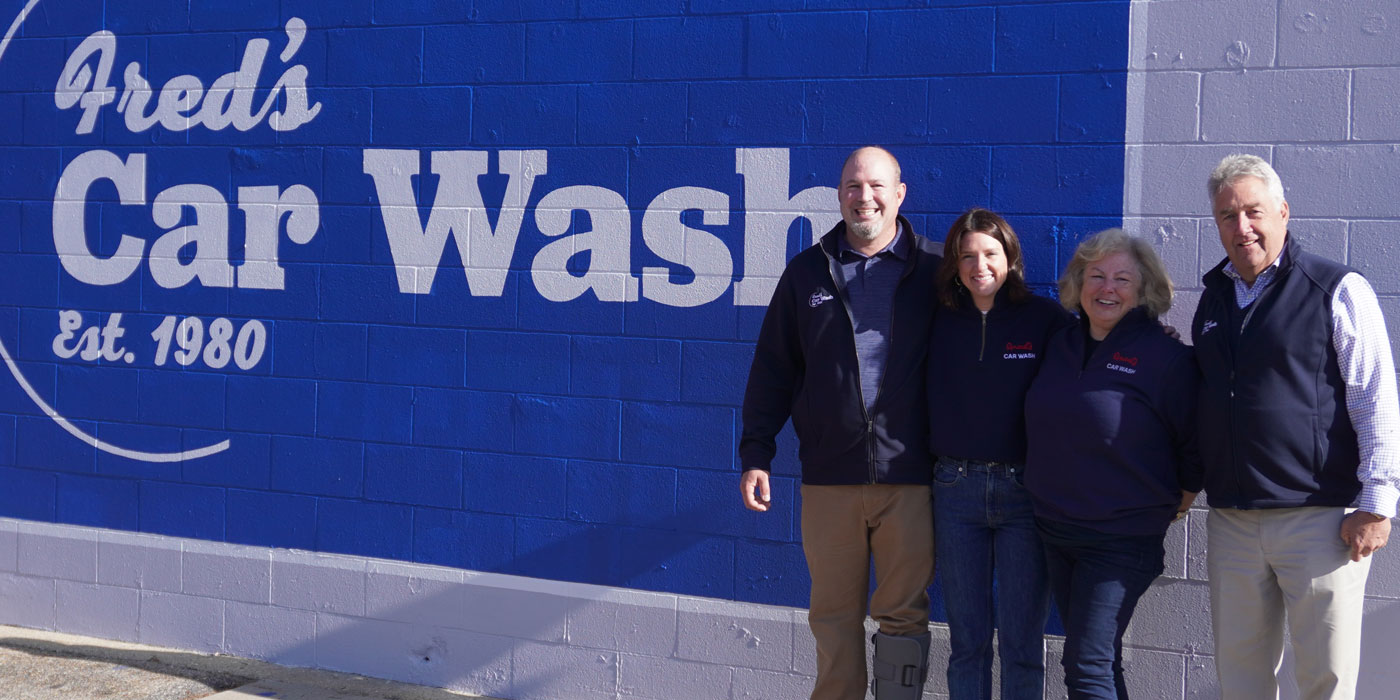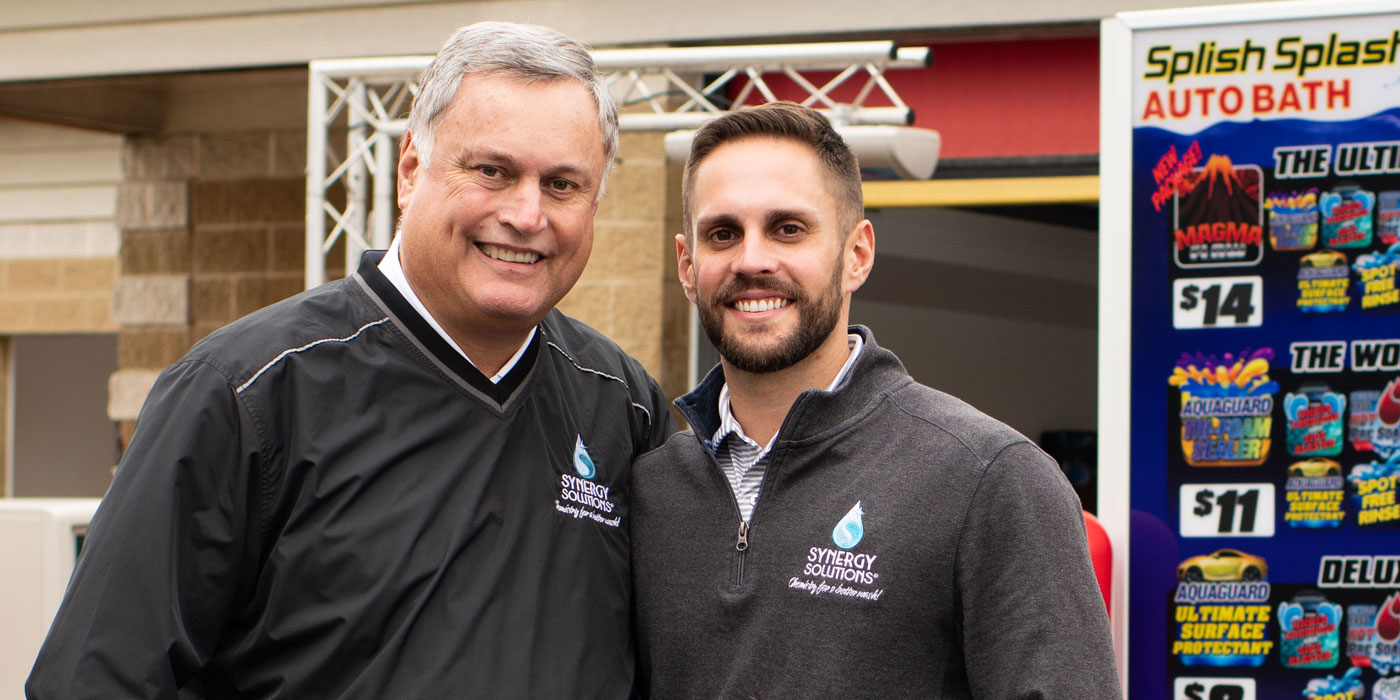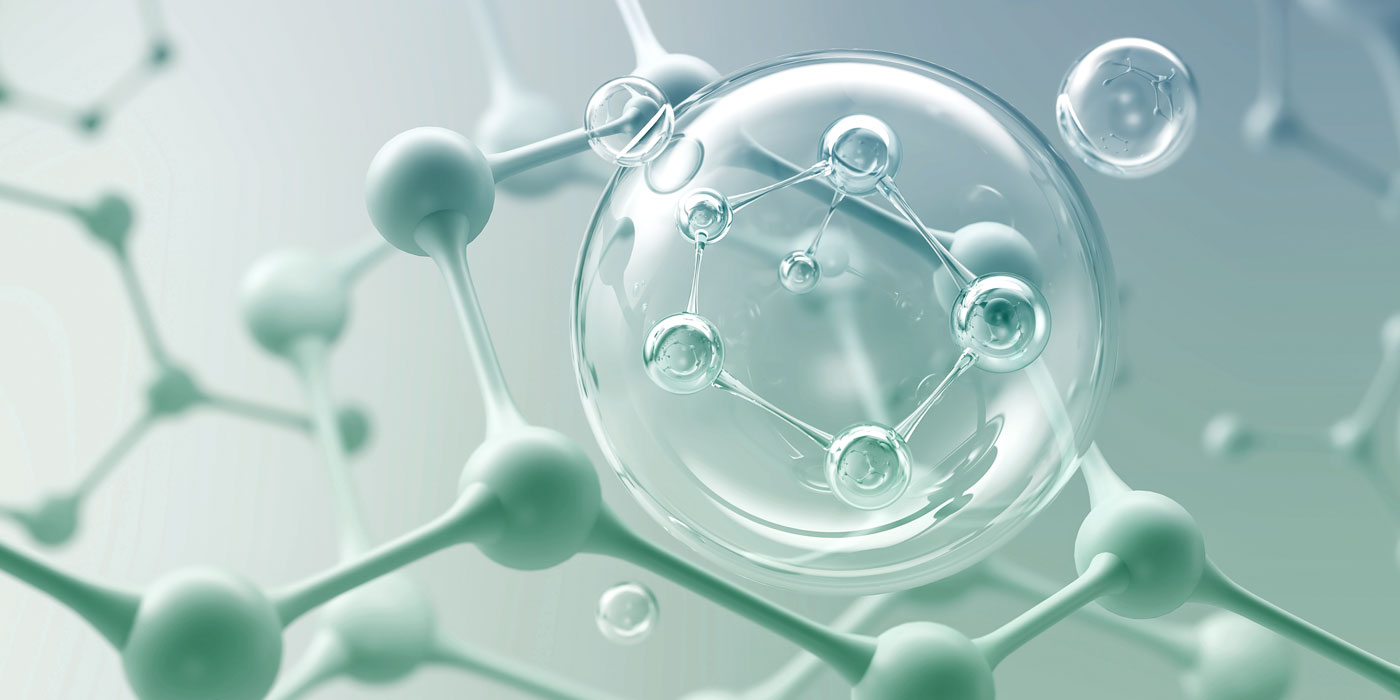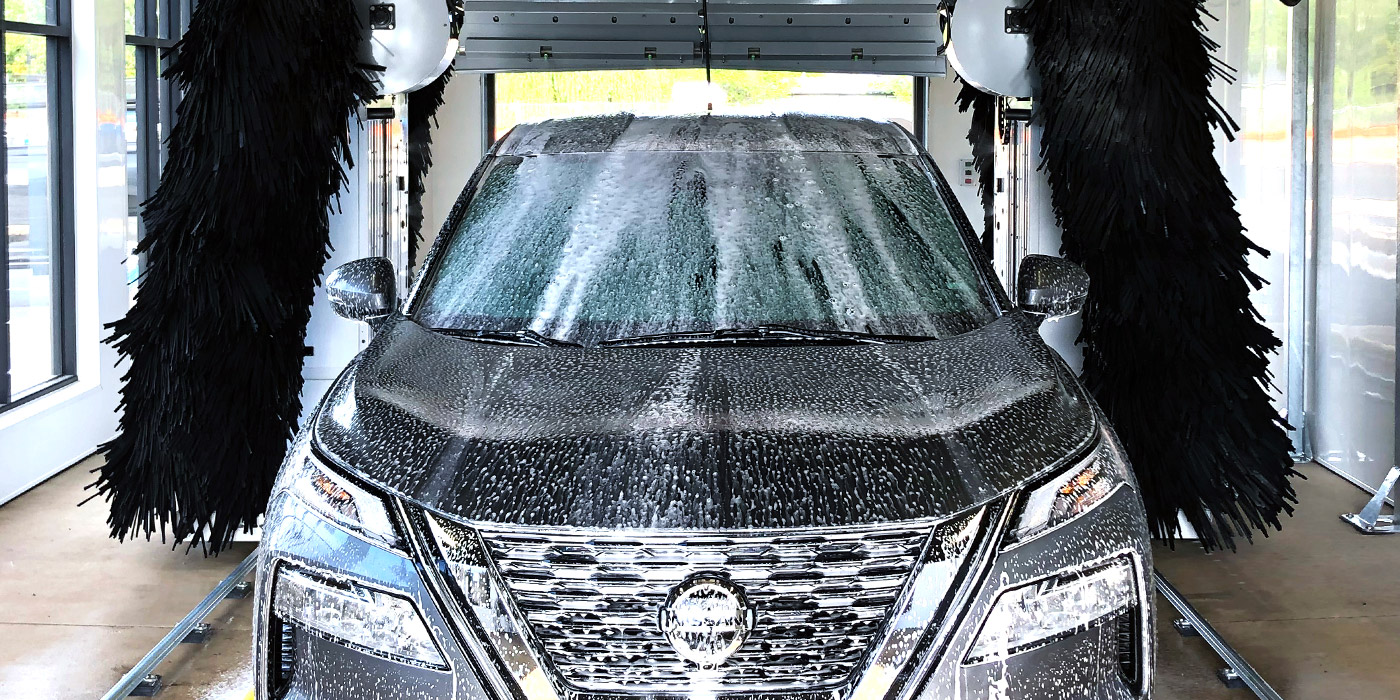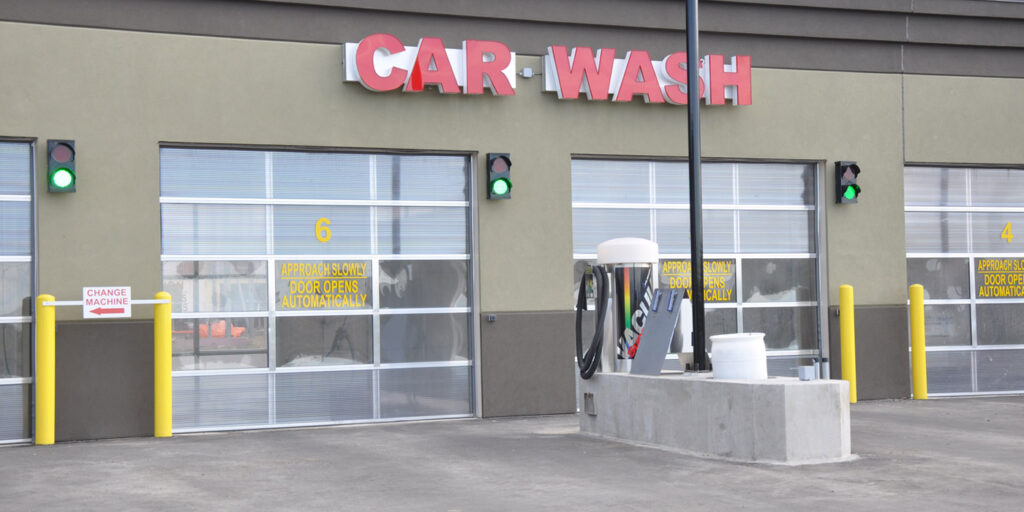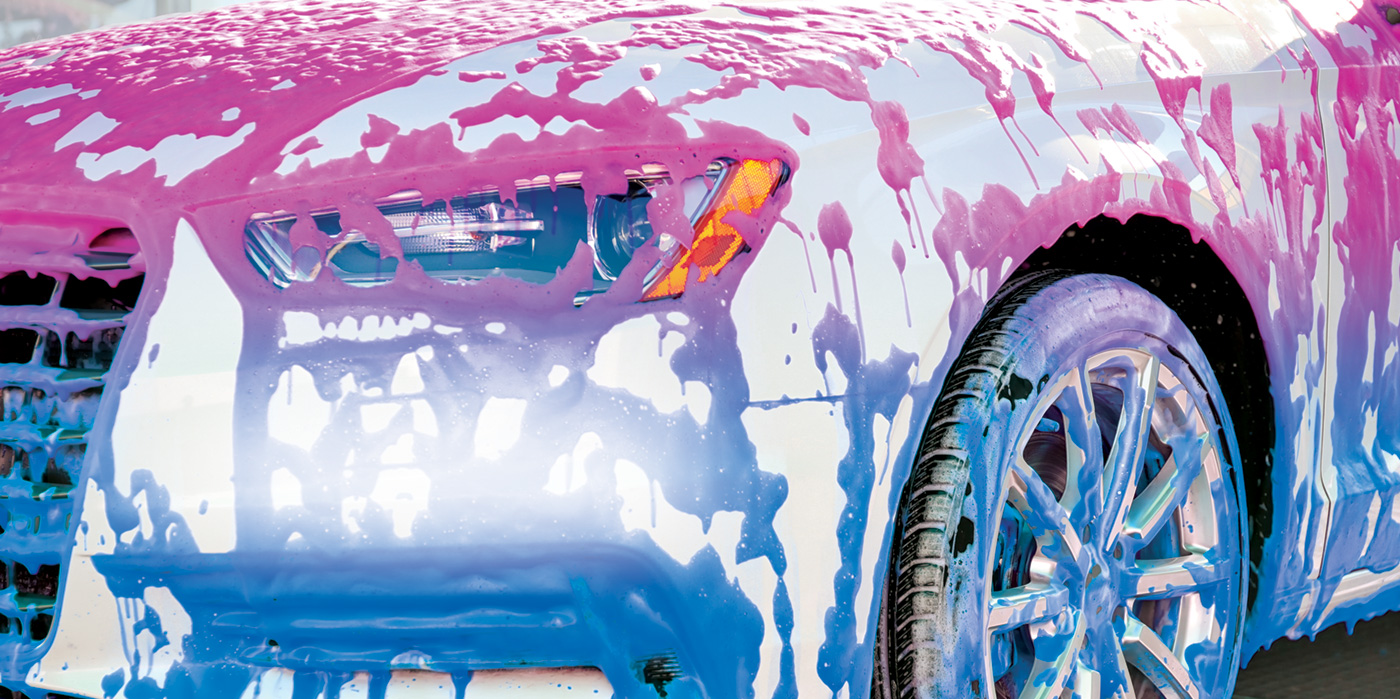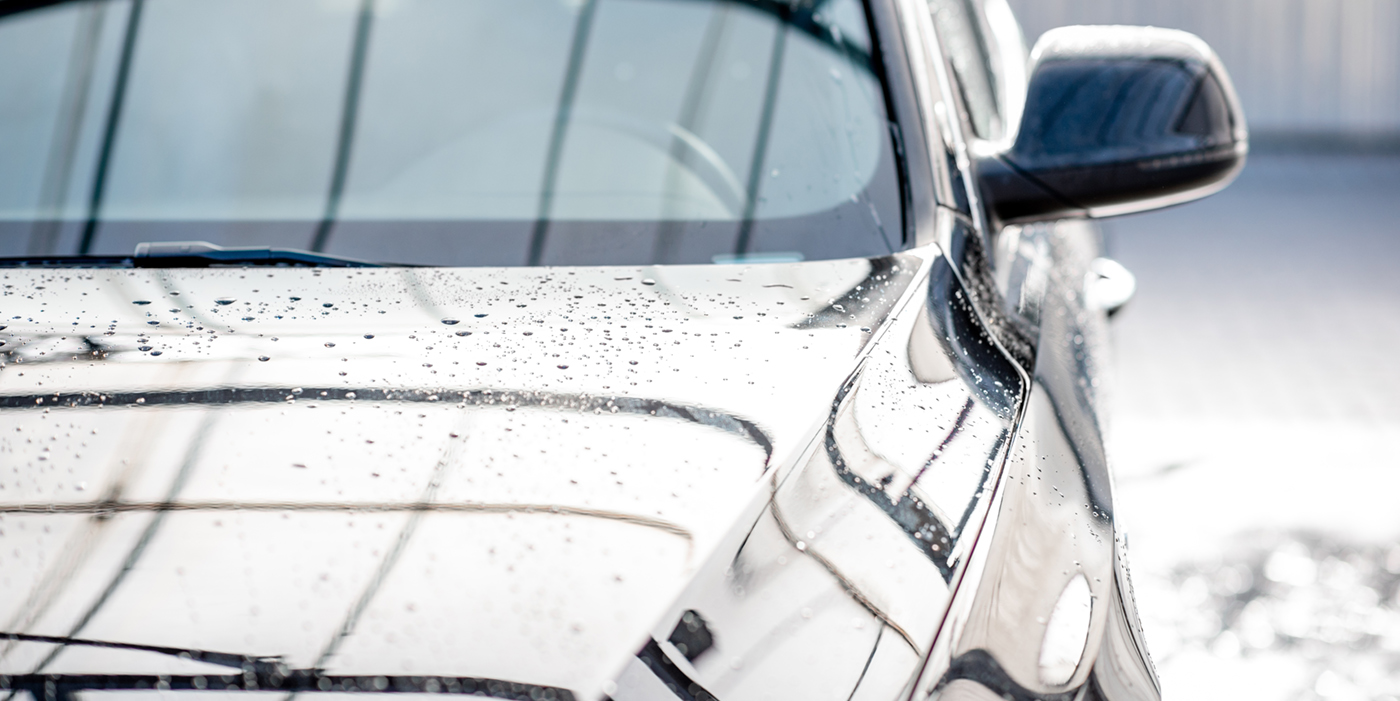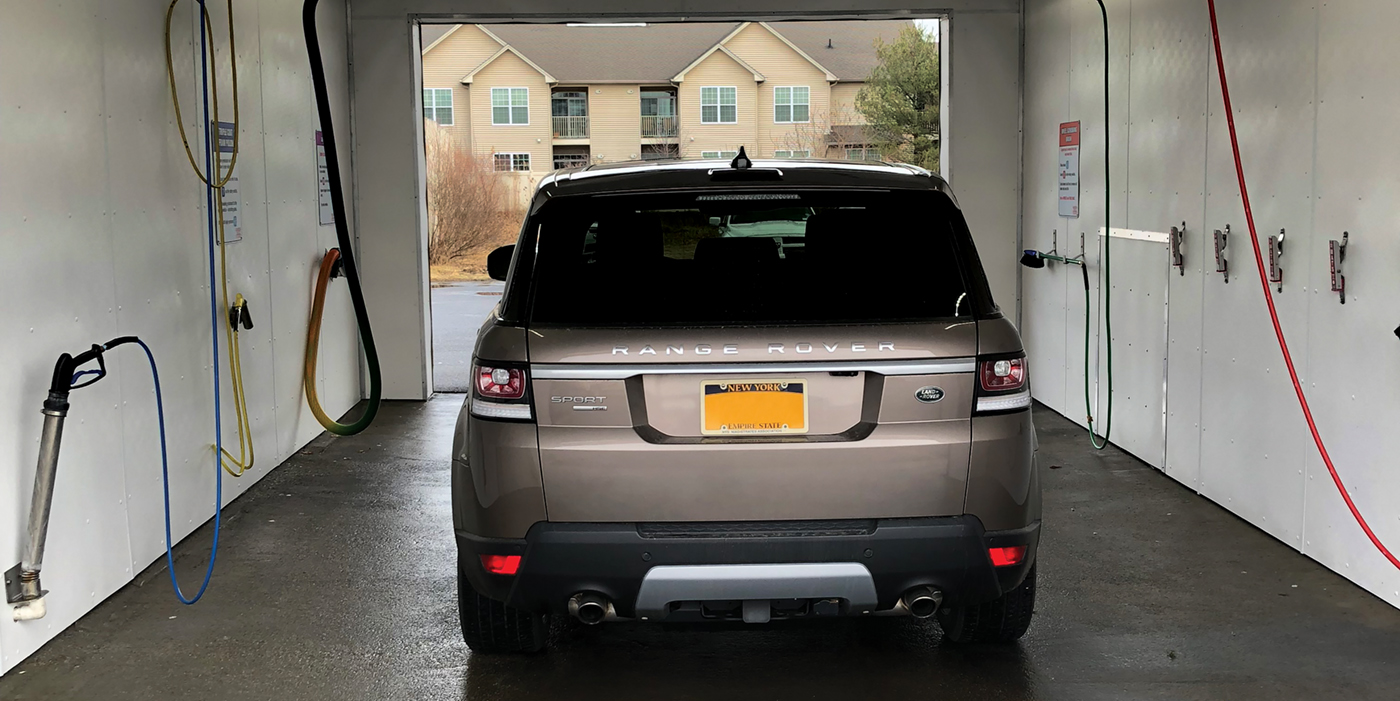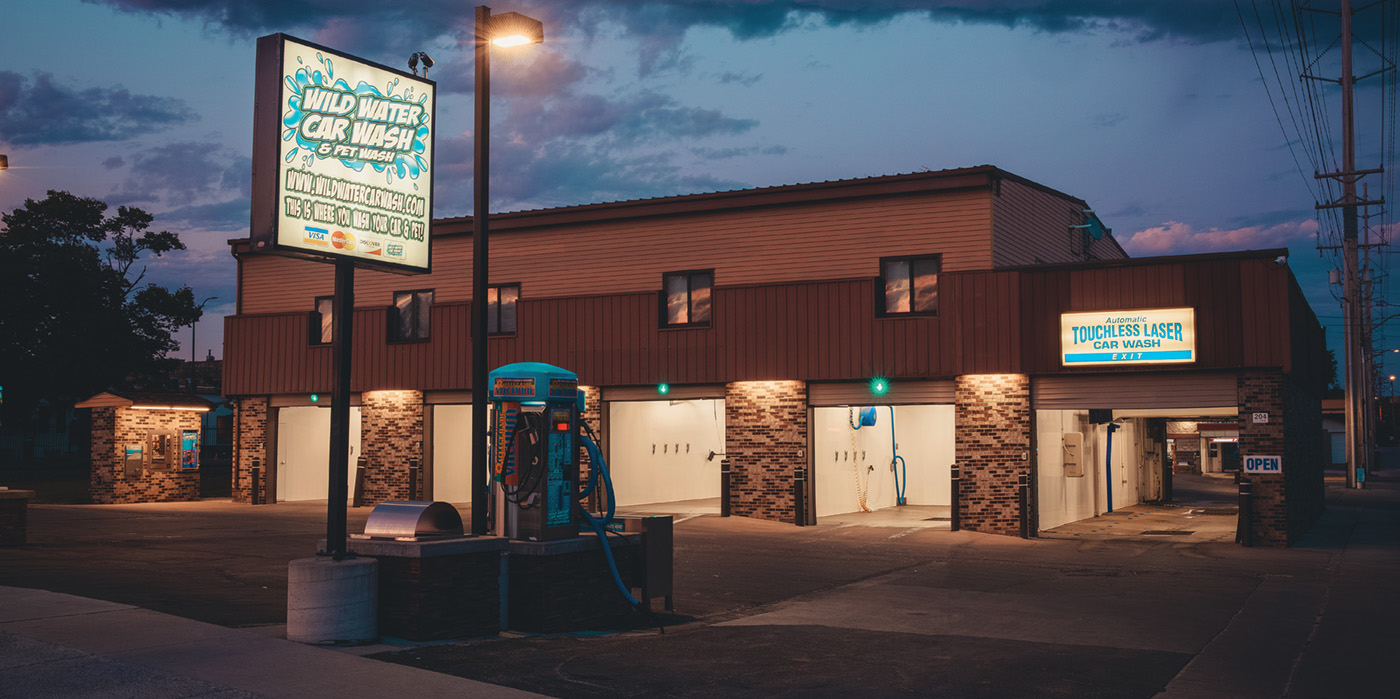The question is asked frequently in the carwash business: How can I find new customers? Heck, it is more than asked; it is often discussed, debated, deconstructed and thoroughly dissected. Sure, flashy signs, Facebook specials and friendly Internet offers are all fantastic ways to draw in new customers. But all the effort to find new customers is for naught if they do not return after their initial visit.
One sure-fire way to discourage repeat business is to ignore site maintenance and cleaning. New customers will not return if they are not comfortable in your carwash, and swamp-dark walls, moldy ceilings and dirt-caked floors will always make a customer uncomfortable. Frankly, asking customers to drive into a dirty space to clean their car is counter-intuitive.Here, with apologies to the classic saying, cleanliness is truly next to busyness.
Hopefully every wash employee chips in on common sense tasks such as emptying garbage cans, picking up parking lot litter, cleaning office windows and power-washing floors and parking lots. Still, as almost any carwash employee can testify, carwash bays seem to attract a whole new breed of stubborn grime. Tough to look at, and even harder to clean, dingy walls definitely are one of carwashing’s biggest challenges.
To help figure out the best ways to battle dirty bays, we turned to the chemical companies that formulate the no-scrub wall cleaners. They revealed the proper equipment, as well as the process to follow, to guarantee the best in-bay cleaning results.
Old-school cleaning: Before no-scrub bay cleaners were available, an owner’s options were often very limited. Typically, a business would have to spend time scrubbing dirty walls, frequently repaint walls or replace Fiber-Reinforced Panel (FRP) walls, according to Brent McCurdy, managing director with Blendco Systems.
With no chemistry capable of doing the bay cleaning work, older products were normally high-pH and they required extensive scrubbing, Dan Blessing, president of Arcadian Services, said.
Today’s cleaners: Thankfully, modern wall cleaners can return walls to “like new” condition with only touchless cleaning, McCurdy revealed. Now no scrubbing is needed.
“We know if your wall cleaner requires any scrubbing, it’s not doing its job,” Blessing noted. “Plus with scrubbing it increases the potential for exposure to the product which can create a health or safety risk.”
While Blessing said the “scrub free” bay cleaning products have not evolved that much over the past few years, the cleaners’ formulas have changed to make the chemicals safer to use. Even so, there are steps a user must follow to ensure safe usage.
Formulation: Today, cleaning chemicals are formulated to be safer for users as well as safer for the walls and equipment they are used to clean. McCurdy said his company’s cleaner leverages acid technology combined with proprietary surfactant chemistry. This product is formulated for better cling time, improved coverage and effective cleaning.
Blessing personally formulated his company’s cleaning product. He said the formula was based on the needs he saw firsthand while working in the self-service bays of a truck wash. The original product went through many phases of testing and reformulation, and now a new non-HF product is being designed.
What equipment is needed: For a large scale cleaning, McCurdy recommended a plastic suit, rubber boots, chemical resistant gloves and eye protection for the safety of the user. Also, it is best to establish a running source of water in case the chemical comes in contact with the eyes or skin.
Blessing said his company recommends touch-free/no-scrub cleaning with their product, so normally all that is needed is an acid-proof tank sprayer for application, safety equipment for the employee and a high-pressure wand for removal.
Cleaning process: “Our wall cleaners are recommended to be applied to a dry wall, from the bottom up, always applying in an even motion,” Blessing said. “We recommend you only work about a 3-foot wide area, from floor to higher levels, in one section of the bay.”
Once the chemical is applied to the first area, go to the opposite corner and apply there. During the second section’s dwell time, the first area can be cleaned and sprayed with high-pressure removal, Blessing stated.
Depends on the surface: McCurdy said these modern wall cleaning chemicals are safe on tile, painted block, FRP walls and surfaces.
The wall or ceiling surface will dictate the type of cleaner needed or the amount of work that will be required to clean the surface. Blessing said his company’s newest non-HF product will work on the common surfaces found in the carwashing industry, FRP walls, Extrutech panels and brick.
Most wash surfaces will be safe for cleaning as long as the product’s instructions are followed. Still, Blessing warned that there are common cleaning problems that he has seen in carwashes. A few problems a user may face include:
- Mixing a solution too strong;
- Applying too much chemical to the wall;
- Allowing the chemical to dry on the surface; or
- Improper application.
These problems may lead to inconsistent cleaning results or a “burning” effect on surfaces like brick or tile. “We highly recommend that a user always test an inconspicuous place first prior to large-scale cleaning,” Blessing said.
Common offenders: McCurdy said cleaners will remove many common wall pollutants like dirt and soap scum. Typically, pieces of carwash equipment that use reclaim water will be the major offenders when it comes to dirty walls and ceilings.
The most common culprit when it comes to dirtying up bay walls and ceilings is overspray, Blessing stated. This can be “bounce-back” spray in self-service bays or with in-bay automatics. Also, cloth units and tunnels have a tendency to have bounce-back overspray plus equipment thrown problems, like with rotating brushes.
While cleaning chemicals will work effectively when walls are covered in the common combinations of hard water, soap film, grease dirt and film, it may not work on other substances. “We find owners in some cases trying to remove paint from graffiti, which most wall cleaners are not effective on as they were not designed for that. Graffiti requires a special cleaning process different than normal wall scum,” Blessing said.

